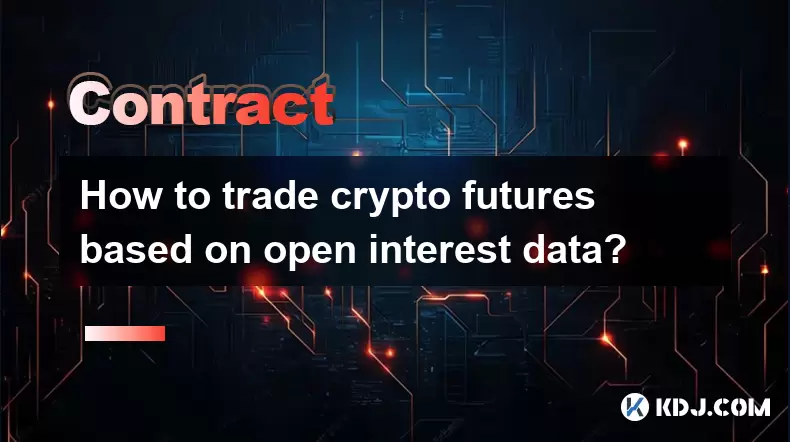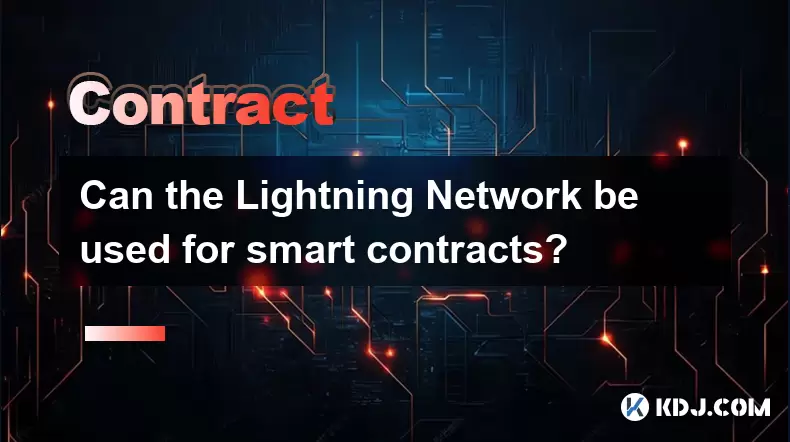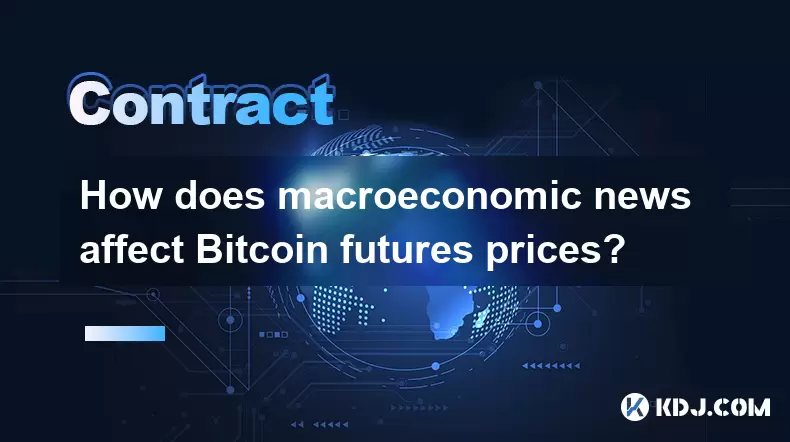-
 Bitcoin
Bitcoin $117,002.5142
-3.17% -
 Ethereum
Ethereum $3,032.2959
0.03% -
 XRP
XRP $2.8840
-3.23% -
 Tether USDt
Tether USDt $1.0000
0.01% -
 BNB
BNB $681.9534
-2.18% -
 Solana
Solana $160.1985
-3.59% -
 USDC
USDC $1.0000
0.00% -
 Dogecoin
Dogecoin $0.1925
-4.69% -
 TRON
TRON $0.2962
-1.31% -
 Cardano
Cardano $0.7242
-2.55% -
 Hyperliquid
Hyperliquid $47.6147
-1.78% -
 Stellar
Stellar $0.4459
-4.65% -
 Sui
Sui $3.9748
2.74% -
 Chainlink
Chainlink $15.4733
-3.92% -
 Hedera
Hedera $0.2312
-3.66% -
 Bitcoin Cash
Bitcoin Cash $486.9832
-3.97% -
 Avalanche
Avalanche $20.9479
-3.19% -
 UNUS SED LEO
UNUS SED LEO $9.0044
-0.02% -
 Shiba Inu
Shiba Inu $0.0...01309
-2.92% -
 Toncoin
Toncoin $2.9996
-0.23% -
 Litecoin
Litecoin $92.6460
-3.62% -
 Polkadot
Polkadot $3.9076
-2.94% -
 Monero
Monero $333.1865
-3.92% -
 Uniswap
Uniswap $9.1236
-2.50% -
 Dai
Dai $0.9999
0.02% -
 Ethena USDe
Ethena USDe $1.0004
-0.02% -
 Bitget Token
Bitget Token $4.4858
0.92% -
 Pepe
Pepe $0.0...01222
-0.74% -
 Aave
Aave $318.6905
-0.67% -
 Bittensor
Bittensor $429.3998
4.15%
How to trade crypto futures based on open interest data?
Rising open interest in crypto futures often signals growing market participation and potential price momentum.
Jul 15, 2025 at 07:00 am

Understanding Open Interest in Crypto Futures Trading
Open interest (OI) is a critical metric used by traders to understand the flow of capital and market sentiment in crypto futures contracts. It represents the total number of outstanding derivative contracts that have not been settled or closed. In crypto futures markets, open interest provides insights into whether new money is flowing into or exiting from a particular contract.
A rising open interest typically indicates growing participation and potential for continued price movement, while declining open interest may signal waning interest or profit-taking. Traders can use this data to gauge market strength and identify potential reversals or continuations.
Example: If Bitcoin's perpetual futures contract shows increasing open interest alongside rising prices, it suggests strong bullish sentiment.
How to Access Open Interest Data
Most major cryptocurrency exchanges provide real-time open interest metrics for their futures contracts. These platforms include Binance, Bybit, OKX, and Bitfinex, among others. You can find open interest displayed either on the trading chart or within the derivatives section of the platform.
Some third-party analytics tools such as Glassnode, CryptoQuant, and TradingView also offer aggregated open interest data across multiple exchanges. This helps traders analyze broader market trends beyond a single exchange.
- Navigate to the derivatives or futures section on your chosen exchange.
- Look for a widget or chart labeled "Open Interest" or "OI".
- Compare OI with price action using candlestick charts.
Tip: Use tools like CoinGlass to compare open interest across exchanges and get a more holistic view.
Interpreting Open Interest with Price Action
The key to leveraging open interest lies in combining it with price movements. Here are common scenarios:
- Price Up, Open Interest Up: Indicates fresh capital inflow; likely continuation of trend.
- Price Up, Open Interest Down: Suggests short covering or lack of new buyers; possible reversal.
- Price Down, Open Interest Up: New sellers entering the market; bearish momentum.
- Price Down, Open Interest Down: Liquidations or profit-taking; possible bottoming out.
Traders should avoid making decisions based solely on open interest but rather use it in conjunction with other indicators like volume, RSI, and moving averages.
Important: Always cross-check open interest changes with order book depth and funding rates in perpetual futures contracts.
Using Open Interest to Identify Liquidation Clusters
One of the most practical applications of open interest is identifying where large liquidations might occur. Exchanges often display liquidation heatmaps that show where long and short positions are concentrated.
High open interest at certain price levels suggests strong support or resistance zones. When price approaches these levels and starts triggering liquidations, it can lead to rapid price movements due to cascading stop-losses.
- Check the liquidation heatmap available on platforms like Bybit or Binance.
- Identify clusters of long or short positions.
- Monitor how price reacts when approaching these zones.
Caution: Avoid placing orders directly at heavily congested open interest zones unless you're targeting a breakout.
Incorporating Funding Rates with Open Interest
In perpetual futures, funding rates are periodic payments made to balance long and short positions. When open interest is skewed heavily toward one side, funding rates adjust accordingly.
For example, if there's a high concentration of longs in Ethereum futures, funding rates will turn positive, meaning longs pay shorts. This can indicate overbought conditions and may precede a pullback.
- Review the funding rate schedule on your exchange (usually every 8 hours).
- Observe whether funding rates are increasing or decreasing.
- Combine this with OI trends to assess market bias.
Insight: A rising funding rate combined with increasing open interest in longs could signal unsustainable bullish pressure.
Frequently Asked Questions
Q: Can open interest predict exact price levels?
No, open interest alone cannot predict precise price levels. It offers directional insight into market sentiment and positioning but must be used alongside technical analysis and order flow data.
Q: How often does open interest update on exchanges?
Most exchanges update open interest in real time or near real time. However, some platforms may refresh it every few seconds or minutes depending on backend systems.
Q: Is open interest reliable across all cryptocurrencies?
Open interest is most reliable for major assets like Bitcoin and Ethereum, which have deep liquidity and active futures markets. For smaller altcoins, low liquidity may make OI less meaningful.
Q: Should I trade based solely on open interest?
It’s not advisable to trade based only on open interest. Combine it with other metrics like volume, funding rates, and macro developments for better decision-making.
Disclaimer:info@kdj.com
The information provided is not trading advice. kdj.com does not assume any responsibility for any investments made based on the information provided in this article. Cryptocurrencies are highly volatile and it is highly recommended that you invest with caution after thorough research!
If you believe that the content used on this website infringes your copyright, please contact us immediately (info@kdj.com) and we will delete it promptly.
- Solana, Memecoin, Holders: Little Pepe's Big Splash and the Evolving Landscape
- 2025-07-15 22:30:13
- Pump.fun, Token Launch, and Whale Control: A Wild Ride in Crypto
- 2025-07-15 20:50:12
- Bitcoin Mining Reimagined: Mobile Mining and the Energy Efficiency Revolution with Bitcoin Solaris
- 2025-07-15 21:50:12
- Dogecoin, Solana, and Remittix: A New Wave in Crypto?
- 2025-07-15 21:10:12
- Grok's Crypto Crystal Ball: XRP, Dogecoin, and the Unilabs Uprising
- 2025-07-15 21:30:12
- Cardano (ADA): Crypto Expert's Sell Warning or Golden Opportunity?
- 2025-07-15 21:10:12
Related knowledge

What is a stablecoin-margined contract vs a coin-margined contract?
Jul 15,2025 at 06:36pm
Understanding the Difference Between Stablecoin-Margined Contracts and Coin-Margined ContractsIn the world of cryptocurrency derivatives, margin plays...

How to backtest a Bitcoin futures trading strategy?
Jul 15,2025 at 11:35am
Understanding Bitcoin Futures TradingBitcoin futures trading involves contracts to buy or sell Bitcoin at a predetermined price and date in the future...

Psychology of trading Bitcoin contracts
Jul 13,2025 at 02:50am
Understanding the Emotional Rollercoaster of Bitcoin Futures TradingBitcoin contract trading, especially in the form of futures, introduces a high lev...

Can the Lightning Network be used for smart contracts?
Jul 14,2025 at 11:28pm
Understanding the Lightning Network's Core FunctionalityThe Lightning Network is a second-layer solution built on top of blockchain protocols like Bit...

How does macroeconomic news affect Bitcoin futures prices?
Jul 15,2025 at 04:56pm
Understanding the Relationship Between Macroeconomic News and Bitcoin FuturesBitcoin futures are derivative contracts that allow traders to speculate ...

Best time of day to trade Bitcoin contracts?
Jul 13,2025 at 05:29am
Understanding Bitcoin Contracts and Their VolatilityBitcoin contracts, particularly futures contracts, are derivative instruments that allow traders t...

What is a stablecoin-margined contract vs a coin-margined contract?
Jul 15,2025 at 06:36pm
Understanding the Difference Between Stablecoin-Margined Contracts and Coin-Margined ContractsIn the world of cryptocurrency derivatives, margin plays...

How to backtest a Bitcoin futures trading strategy?
Jul 15,2025 at 11:35am
Understanding Bitcoin Futures TradingBitcoin futures trading involves contracts to buy or sell Bitcoin at a predetermined price and date in the future...

Psychology of trading Bitcoin contracts
Jul 13,2025 at 02:50am
Understanding the Emotional Rollercoaster of Bitcoin Futures TradingBitcoin contract trading, especially in the form of futures, introduces a high lev...

Can the Lightning Network be used for smart contracts?
Jul 14,2025 at 11:28pm
Understanding the Lightning Network's Core FunctionalityThe Lightning Network is a second-layer solution built on top of blockchain protocols like Bit...

How does macroeconomic news affect Bitcoin futures prices?
Jul 15,2025 at 04:56pm
Understanding the Relationship Between Macroeconomic News and Bitcoin FuturesBitcoin futures are derivative contracts that allow traders to speculate ...

Best time of day to trade Bitcoin contracts?
Jul 13,2025 at 05:29am
Understanding Bitcoin Contracts and Their VolatilityBitcoin contracts, particularly futures contracts, are derivative instruments that allow traders t...
See all articles

























































































